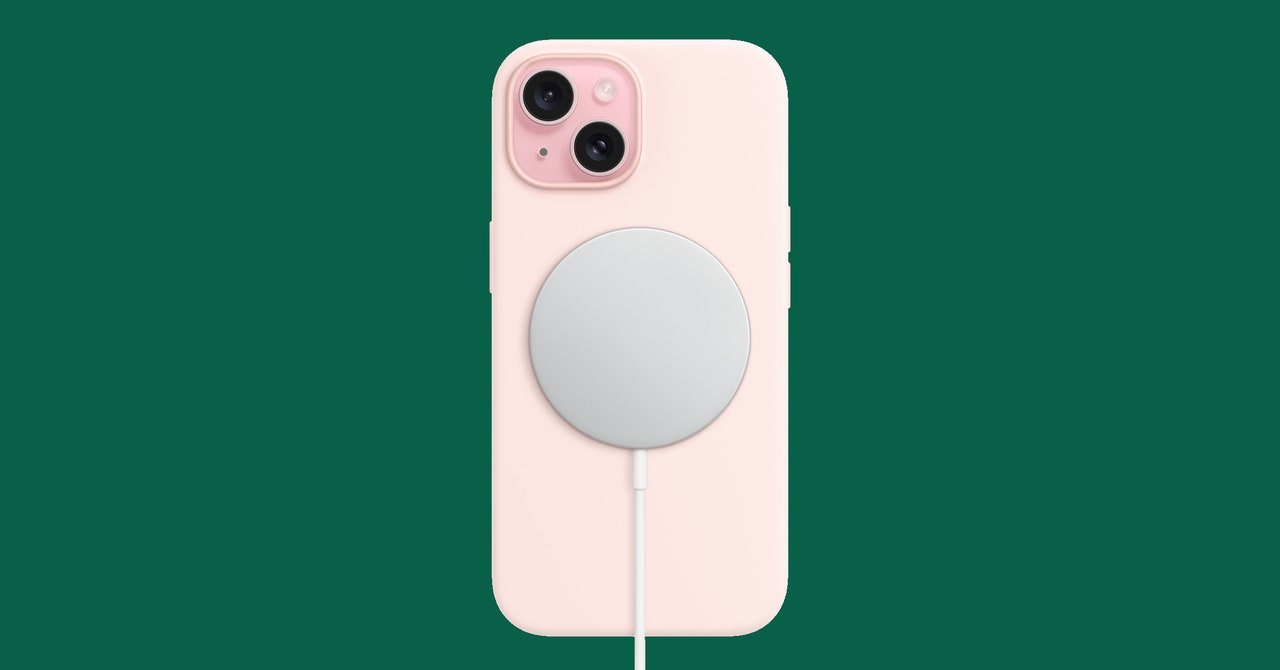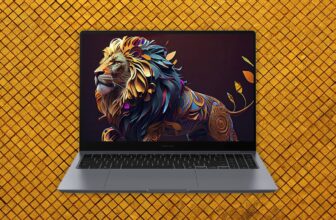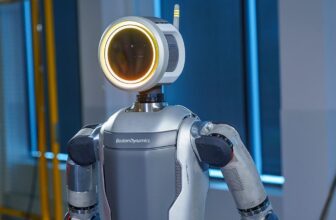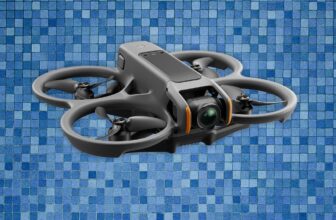
It is ironic, however we right here at WIRED have lengthy been followers of wireless charging. Not having to fumble with cables is sweet! Most wi-fi charging gadgets nowadays observe the Qi (pronounced chee) normal, which has taken its time reaching ubiquity (the user experience has not always been great). The Wi-fi Energy Consortium, which manages the charging protocol, introduced the next-generation model known as Qi2 in early 2023, and we’re lastly beginning to see gadgets supporting it. It guarantees good alignment, with the potential for equipment to bridge the Android and iPhone divide.
What Is Qi2?
Qi2 is the brand new open wi-fi charging normal from the Wireless Power Consortium, and it brings necessary upgrades over the unique Qi normal. The headline is the Magnetic Energy Profile (MPP), which relies on Apple’s MagSafe technology. (Apple was concerned in creating the Qi2 normal.) This enables Qi2-branded gadgets so as to add a hoop of magnets to make sure good alignment with chargers and permit for quicker charging speeds.
The present, non-magnetic wi-fi charging Prolonged Energy Profile (EPP) has additionally been up to date to adjust to Qi2. Which means gadgets with out magnets can be branded Qi and can nonetheless work with Qi2 chargers. Qi2 can also be absolutely backward suitable, so you possibly can cost an older Qi Android telephone or MagSafe iPhone on a Qi2 charger. You too can use any Qi chargers to cost Qi2 gadgets, although they may cost at slower speeds.
Advantages of Qi2
Wi-fi charging with Qi2 brings a number of enhancements over the unique Qi normal.
Better effectivity: Wi-fi charging depends on electromagnetic coils. A number of induction coils within the charging base create a magnetic discipline and transmit vitality. A smaller coil in your telephone or different gadget harvests it. The coils should be aligned for vitality to circulate between them and the magnets within the new Magnetic Energy Profile guarantee good alignment so much less energy is misplaced. When coils are misaligned, vitality is usually misplaced as warmth, which can also be not good for battery well being.
Sooner charging: The Qi normal was initially restricted to 5-watt charging speeds, however Qi2 permits licensed telephones to cost at 15 watts (similar to MagSafe). We anticipate this charging fee to extend because the Wi-fi Energy Consortium works to enhance the Qi2 normal, however in all probability not till 2025. Some producers already supply speedier wi-fi charging, akin to OnePlus and Xiaomi, however you need to use a particular wi-fi charger to see these good points.
Wider compatibility for equipment: Any Qi2 charger can cost any Qi2 gadget, so you should purchase a single charger able to juicing up an iPhone or Android telephone. For Qi-supporting telephones that lack magnets, you’ll seemingly quickly be capable to buy a case with a magnetic ring that works with Qi2 (as you can currently with MagSafe).
Different enhancements Qi2 brings over Qi embrace wider gadget compatibility (from tablets to wearables), adaptive charging so chargers can discuss to gadgets to provide the facility they want as a substitute of getting a hard and fast energy output, and enhanced security with higher warmth administration and overseas object detection.
Count on a Wave of Qi2 Units
Earlier than a tool can bear the Qi2 brand, the Wi-fi Energy Consortium should certify it in its unbiased labs. The Qi2 specification contains charging fee, magnet power, and gadget compatibility. The Qi2 brand guarantees that the gadget meets the WPC’s exacting requirements. It’s seemingly that, as with the unique Qi normal, there’ll quickly be gadgets accessible that haven’t handed via the official Qi2 certification course of.
Apple’s iPhone 15 vary helps Qi2, and accent makers like Anker, Belkin, Nomad, and Mophie have all introduced Qi2 chargers. You possibly can anticipate a a lot wider vary of Qi2 equipment to land quickly, and we anticipate most Android producers to leap on board in 2024. The WPC hopes that Qi2 will unify wi-fi charging and eventually present the common international normal we now have been ready for.







